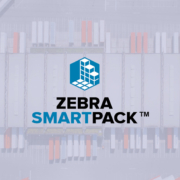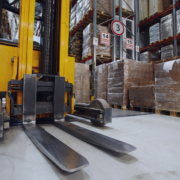The first half of 2021 has been marked by an ever-dwindling workforce across multiple industries. From foodservice to warehousing, businesses have struggled to attract and retain skilled employees due to growing issues such as greater job options, requests for higher wages, and limited childcare opportunities. While warehouses are slowly regaining numbers, transportation and logistics firms may still face greater demands with the end-of-year e-commerce boom brought on by the holiday season. With delivery timeframes expected to shrink even more and high turnover rates, T&L businesses find themselves with the challenge of accelerating order processing without overwhelming current employees. To do so, field teams have adopted the following strategies:
- Streamline operations through one consolidated workflow – Individual devices incur individual costs such as maintenance, software, and replacement fees. Moreover, new employees must then learn to operate several devices quickly to maintain productivity levels, further increasing training costs. Newer mobile computers such as Zebra’s TC72/77 reduce costs by streamlining computing, data capture, and communication channels into one device. This reduces training times and operational costs as employees only need to grow accustomed to one device.
- Track worker safety to prevent more understaffing issues – Worker safety both in and outside the four walls continues to be a deciding factor when it comes to employment retention. That’s why exposure awareness systems have become increasingly more popular as they allow transparent traceability of possible germ exposure. Moreover, on the field, secured connectivity systems like Zebra Workforce Connect enable hands-free communication with warehouses in real-time, preventing accidents and facilitating precise driver locationing and delivery status through one interface.
- Remove paper-based reporting for zero-wait data sharing – Unlike pen-and-paper inventory management, modernized data capture preserves team connections by facilitating instant data sharing through one centralized database. In doing so, warehouses can update delivery teams of order volume, changes in ETA, and routing changes without delay.
- Minimize touchpoints between loading and shipping – Contactless transactions have gained popularity across the supply chain due to their speed and safety. RFID technology has led the forefront in minimizing extra touchpoints by capturing multiple barcodes in one scan and tracking in-motion inventory for maximized visibility.
Optimizing scalable efficiency can take many shapes depending on your operation’s current struggles. Get a clearer picture on how to start safeguarding productivity in your workflows when you schedule an in-depth assessment and stay a step ahead of change with a modernization solution that adjusts to your needs.












Leave a Reply
Want to join the discussion?Feel free to contribute!